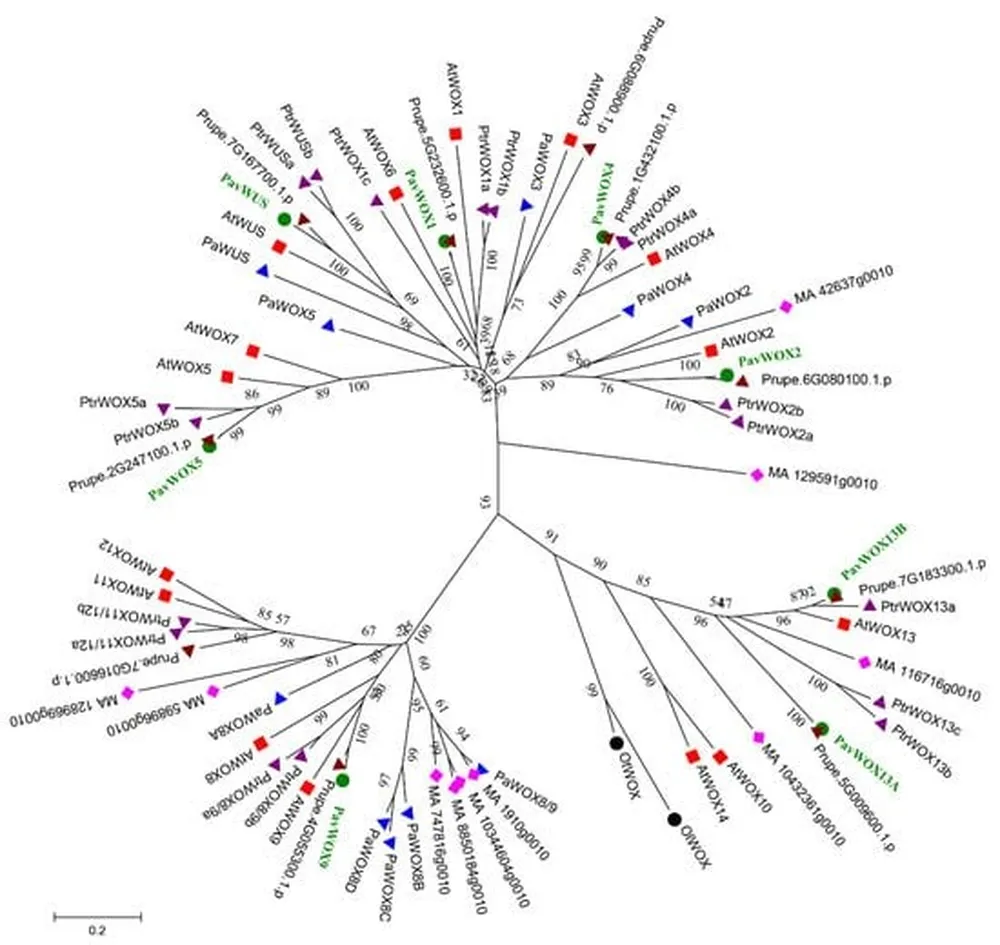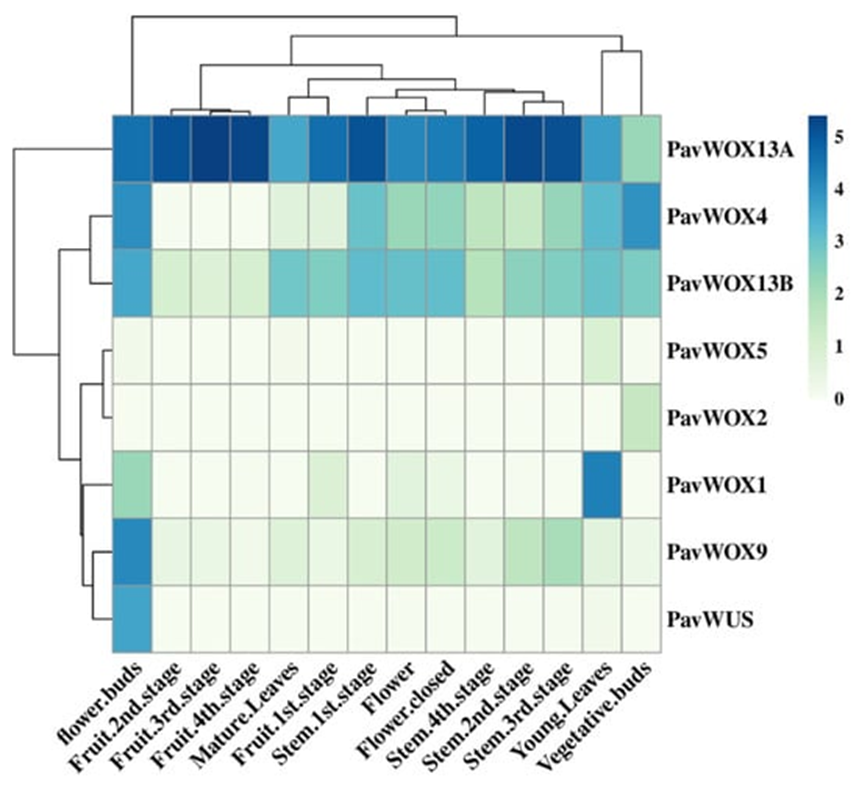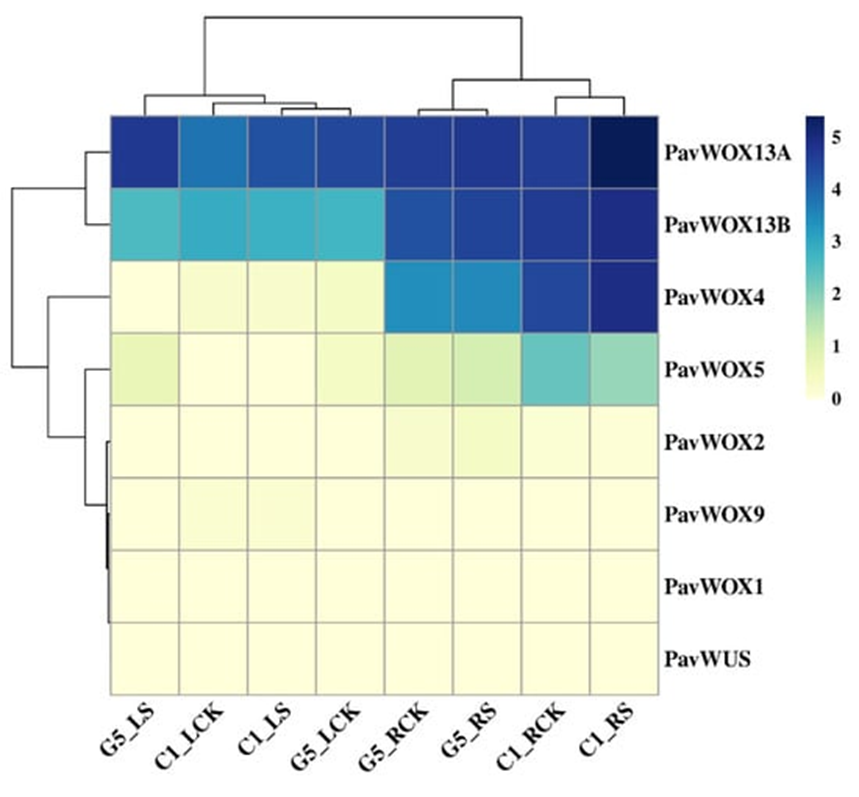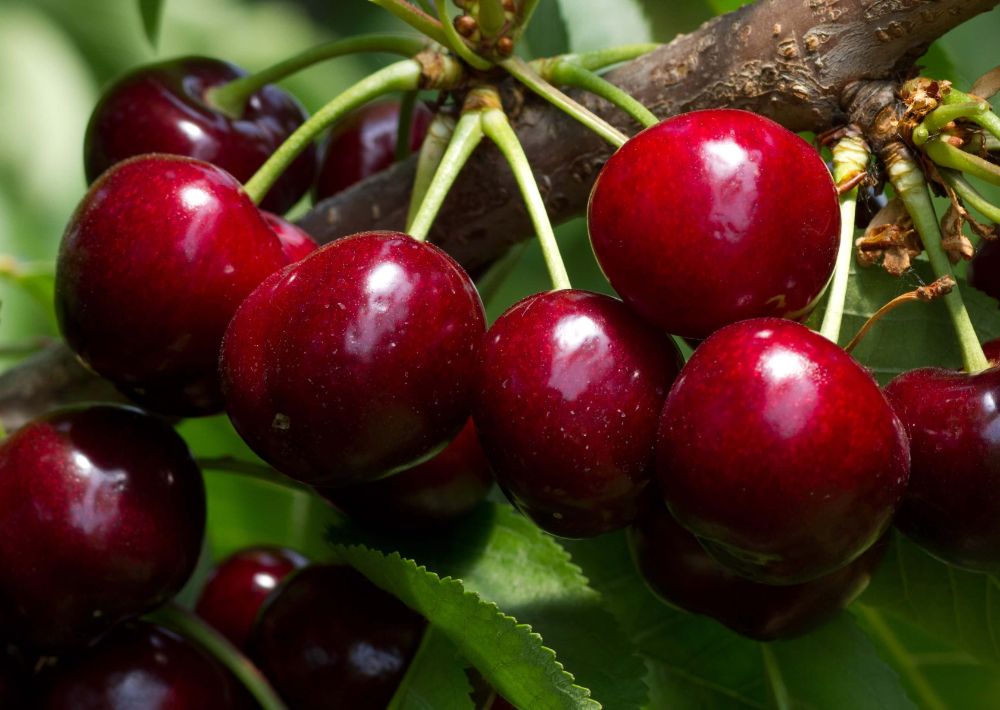The WUSCHEL-related homeobox (WOX) gene family is a key player in plant development, playing vital roles in processes such as embryogenesis, organ formation, cell division and stem cell maintenance.
Due to the particular conformation of this gene family, regulation of critical plant functions is favoured by promoting cell division and preventing premature cell differentiation.
WOX genes are essential for the growth and development of various plant parts, including roots, leaves, flowers, stems, seeds and embryos.

Role in environmental stress response
In addition, they play a significant role in plant response to environmental stresses such as cold, drought and salinity. In particular, WOX genes have been found to be particularly influential in the response to drought stress.
Although research on this aspect is still limited, most studies have focused on model plants such as Arabidopsis, rice, cotton and poplar.
Surprisingly, there is a lack of research exploring the role of WOX genes in the regulation of drought stress in fruit trees, especially in species such as sweet cherry.
Study on the WOX family in sweet cherry
In order to study how WOX genes may influence the development and drought resistance of sweet cherry, a comprehensive analysis of the WOX gene family of this species was conducted in several research centres in Tianshui (China).
The results suggest that some members of the WOX family in sweet cherry, in particular PavWOX13A, are closely associated with drought stress responses, providing new insights into their role in modulating plant resilience to water scarcity.
In our study, the eight PavWOX genes found were classified into three phylogenetic groups and their positions on six chromosomes were mapped.
 Image 1. Sweet cherry WOXs’ expression patterns within diverse tissues of dormant/flower buds and fruit/stems in four developmental periods, young/mature leaves, first blossom, and flowers. Heatmap was constructed according to log2-based fold changes denoted in color as the scale.
Image 1. Sweet cherry WOXs’ expression patterns within diverse tissues of dormant/flower buds and fruit/stems in four developmental periods, young/mature leaves, first blossom, and flowers. Heatmap was constructed according to log2-based fold changes denoted in color as the scale.
Structural and functional analysis
Gene structure analysis revealed that genes within the same group shared similar structural features, implying that they might have related functions.
Further investigation of the cis-regulatory elements in the promoters of these genes indicated that they are involved in the regulation of key processes such as hormone signalling, stress responses and developmental pathways.
In particular, PavWOX5 was identified as a potential regulator of root development, highlighting the different roles these genes play in plant growth.
Gene expression and subcellular localisation
The expression patterns of these WOX genes were also analysed under drought stress conditions.
It was observed that several genes, including PavWOX4, PavWOX5, PavWOX13A and PavWOX13B, showed increased expression when exposed to water stress, suggesting their involvement in plant stress response mechanisms.
Furthermore, subcellular localisation experiments confirmed that the transcription factors PavWOX4 and PavWOX13A were localised in the nucleus, as predicted by their regulatory role.
 Image 2. Expression level analysis of PavWOX under drought treatment. C1 and G5 represent CDR-1 and Gisela 5 rootstocks, respectively. LS and LCK indicate leaf treatment group and leaf control group, respectively, and RS and RCK indicate root treatment group and control group, respectively.
Image 2. Expression level analysis of PavWOX under drought treatment. C1 and G5 represent CDR-1 and Gisela 5 rootstocks, respectively. LS and LCK indicate leaf treatment group and leaf control group, respectively, and RS and RCK indicate root treatment group and control group, respectively.
Conclusions and future perspectives
This research provides the first genome-wide exploration of the WOX gene family in sweet cherry and sheds new light on their role in both developmental and drought stress responses.
While significant progress has been made, the exact mechanisms by which these WOX genes contribute to drought resistance remain unclear.
Further studies are needed to unravel these mechanisms and explore the full potential of WOX genes in enhancing drought tolerance in fruit trees.
This work lays a solid foundation for future investigations on how WOX genes can be exploited to improve the resilience of sweet cherry and other woody plants to environmental stresses.
Source: Deng, F.; Wang, H.; An, X.; Uwamungu, J.Y. A Genome-Wide Analysis of the WUSCHEL-Related Homeobox Transcription Factor Family Reveals Its Differential Expression Patterns, Response to Drought Stress, and Localization in Sweet Cherry (Prunus avium L.). Horticulturae 2024, 10, 370. https://doi.org/10.3390/horticulturae10040370
Photo credit: Fei Deng et al., 2024.
Melissa Venturi
University of Bologna (IT)
Cherry Times - All rights reserved















